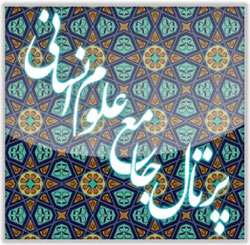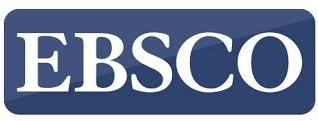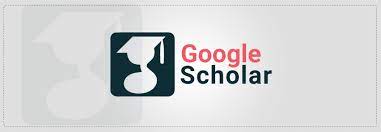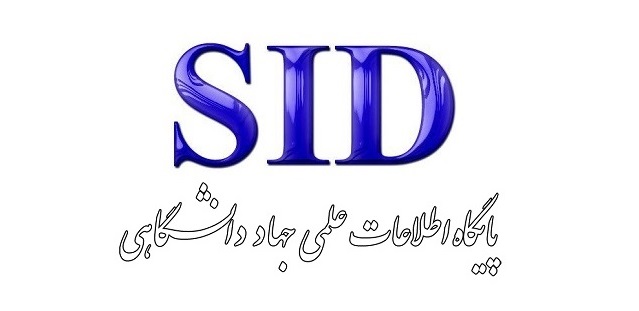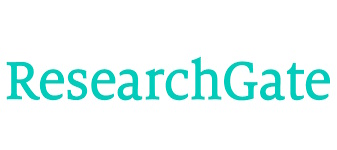عوامل موثر بر توسعه ورزش زورخانهای کشور با رویکرد آینده پژوهی
کلمات کلیدی:
عوامل, توسعه, ورزش, زوخانه ای, رویکرد آینده پژوهیچکیده
هدف این پژوهش شناسایی عوامل مؤثر بر توسعه ورزش زورخانهای در ایران با رویکرد آیندهپژوهی است. این پژوهش بهلحاظ هدف، کاربردی و از نظر اجرا، به روش آمیخته کیفی-کمی انجام شد. جامعه آماری شامل خبرگان دانشگاهی و پیشکسوتان ورزش باستانی بود که بهصورت هدفمند و با روش گلولهبرفی انتخاب شدند. ابزار گردآوری اطلاعات شامل دو پرسشنامه تأثیرگذاری/قطعیت و یک پرسشنامه ماتریسی بود که روایی آنها توسط خبرگان تأیید شد. همچنین برای بررسی پایایی از آزمون آلفای کرونباخ استفاده شد که ضرایب 0.967 و 0.901 بهدست آمد. تحلیل دادهها با نرمافزار میکمک نشان داد که هفت عامل کلیدی در توسعه ورزش زورخانهای مؤثرند. این عوامل عبارتند از: برگزاری منظم مسابقات در مدارس، دانشگاهها و زورخانهها؛ هماهنگی بین دولت و مجلس در تصویب بودجه ورزش باستانی؛ هماهنگی فدراسیونها با سایر نهادهای ملی؛ استفاده از ظرفیت شهرداریها و نیروهای مسلح برای افزایش مشارکت؛ گسترش همکاری با سازمانهای غیروَرزشی مانند کارگران و دانشجویان؛ راهاندازی لیگهای ورزش باستانی در سطح استان؛ و همکاری با رسانهها برای ارتقاء آگاهی عمومی. یافتهها نشان دادند که نظام هماهنگی و برنامهریزی یکپارچه در ورزش زورخانهای وجود ندارد و نهادهای مرتبط بهصورت مجزا عمل میکنند. این خلأ ساختاری باید در سیاستگذاری و مدیریت کلان ورزش زورخانهای مدنظر قرار گیرد.
دانلودها
مراجع
A'Arabi, S. M. (2018). Handbook of Strategic Planning. Tehran: Cultural Research Office Publications.
Aghababayi, N., & Afshari, M. (2023). Foresight in the sports economy of Iran (Case study: Sporting events). Journal of Sports Management, 14(2), 99-116. https://jsm.ut.ac.ir/article_88885.html
Armstrong, M. (2012). Strategic Human Resource Management. Tehran: Cultural Publication and Research Office.
Bahaar, M. (2009). Ancient sports and their historical roots. Chista Mehr, 2, 140-159. https://ensani.ir/fa/article/263571/
Bell, W. (2020). Foundations of Futures Studies I: History, Purposes, Knowledge. New Brunswick, NJ: Transaction Publishers. https://www.researchgate.net/publication/274489030_Foundations_of_Futures_Studies_Vol_1_History_Purposes_and_Knowledge
Blind, K., & Cuhls, K. (2018). Current Foresight Activities in Central Europe. Technological Forecasting and Social Change, 60, 15-35. https://doi.org/10.1016/S0040-1625(98)00021-3
Farahani, A., Keshavarz, L., & Sadeqi, A. (2016). Developing strategies for the advancement of elite sports in Iran. Applied Research in Sports Management, 5(3), 125-140. https://arsmb.journals.pnu.ac.ir/article_3446.html
Fathi, M., Maleki, M. H., Saberi, A., & Zand Aghahi, A. (2019). Scenario planning for the future of university sports in Iran with a foresight approach. Management and Development of Sports, 3, 72-92. https://jsmd.guilan.ac.ir/article_4376.html
Green, M. (2017). Olympic glory or grassroots development? Sport policy priorities in Australia, Canada and the United Kingdom, 1960-2006. The International Journal of the History of Sport, 24(7), 921-953. https://doi.org/10.1080/09523360701311810
Hosseini, S. A. (2022). Sports, music, and ancient sports Master's thesis, Faculty of Management, Islamic Azad University, Mashhad].
Ismailpour Bariki, I., Shojaei, V., & Hamimohammad. (2021). Factors influencing the development of physical education in Iran with a foresight approach. New Approaches in Sports Management, 9(35), 179-192. https://ntsmj.issma.ir/browse.php?a_id=1812&sid=1&slc_lang=fa&ftxt=0
Khazaei, S. (2017). Foresight: Concepts and Necessities. Foresight Discovery website.
Nazemi, A. (2017). Seminar on Familiarization with Regional Foresight. National Land Use Planning Center, Tabriz, East Azerbaijan Management and Planning Organization.
Padash, D., Kashaf, S. M., Taghafi, F., & Hamidi, M. (2021). Identifying uncertainties in physical education and student sports for the horizon of 2025. Research in Physical Education, 9(22), 47-74. https://res.ssrc.ac.ir/article_1824.html
Petra, M. (2016). Using scenario planning to determine the potential effects of socio-demographic change on local tourism demand dimensions in Queens, London in 2021. Tourism Management Review, 12, 137-148.
Qarrah, M. A. (2014). The status of sports in Iran compared to several different countries around the world Doctoral dissertation, Tarbiat Moallem University of Tehran, Faculty of Physical Education and Sports Sciences].
Rashidlamir, A., Dehghan Qahfarokhi, A., & Tayebi, B. (2018). Developing a strategic plan for the National Federation of Traditional Sports. Research in Physiology and Sports Management, 10(3), 139-155. https://www.sportrc.ir/article_80657.html
Shabani, A., Rezaei Soufi, M., & Farahani, A. (2014). Studying existing challenges in the four sectors of sports in the country (Delphi study). Contemporary Research in Sports Management, 4(8), 65-79. https://smms.basu.ac.ir/article_1060.html
Shoole Kooh Shouri, J., Askari, A., Nazari, R., & Naghi, A. (2021). Scenarios for the development of student sports in Iran. Research in Sports Management and Motor Behavior, 11(21), 186-208. https://doi.org/10.52547/JRSM.11.21.184
Siyavashi, M. (2015). SWOT analysis of traditional sports (Zurkhaneh) in Razavi Khorasan Province and providing strategies for development Master's thesis, Sports Management, Faculty of Physical Education and Sports Sciences, Imam Reza International University].
Sotiriadou, K., & Shilbury, D. (2020). Australian Elite Athlete Development: An Organisational Perspective. Sport Management Review, 12(13), 137-148. https://doi.org/10.1016/j.smr.2009.01.002
Zali, N. (2013). Strategic foresight in regional development planning. Tehran: Strategic Studies Research Institute.
دانلود
چاپ شده
ارسال
بازنگری
پذیرش
شماره
نوع مقاله
مجوز
حق نشر 2025 محمدرضا موچانی (نویسنده); علی زارعی; زهرا حاجی انزهایی (نویسنده)

این پروژه تحت مجوز بین المللی Creative Commons Attribution-NonCommercial 4.0 می باشد.


